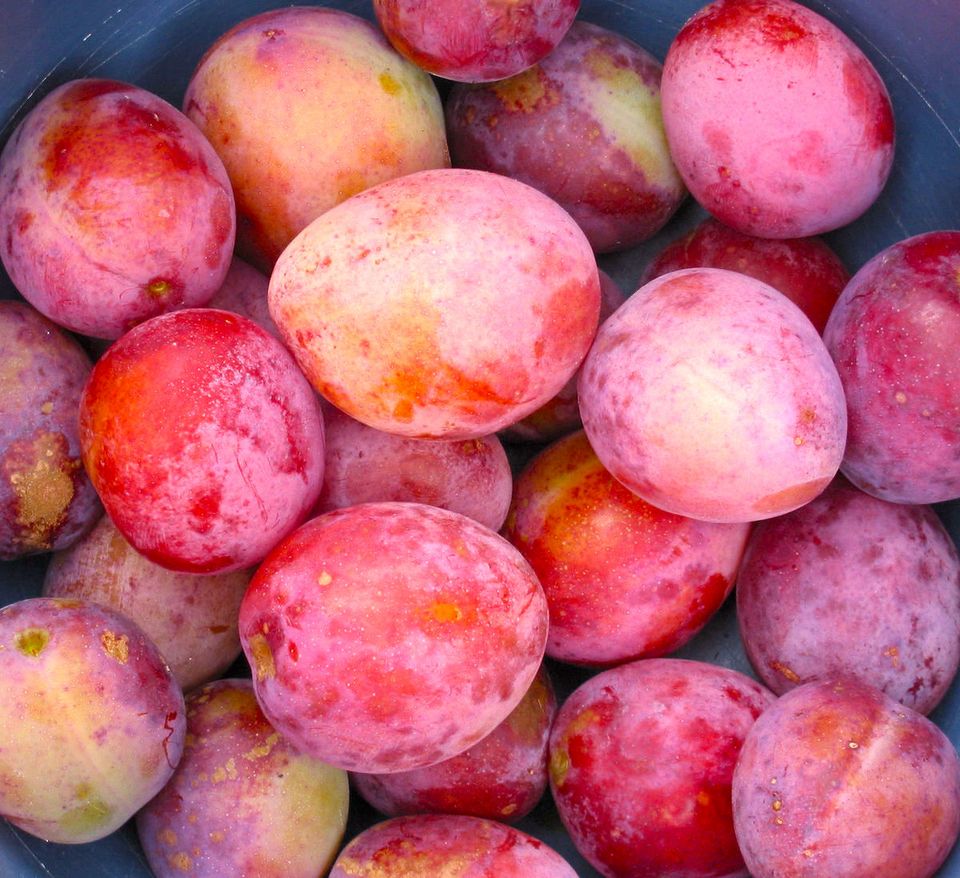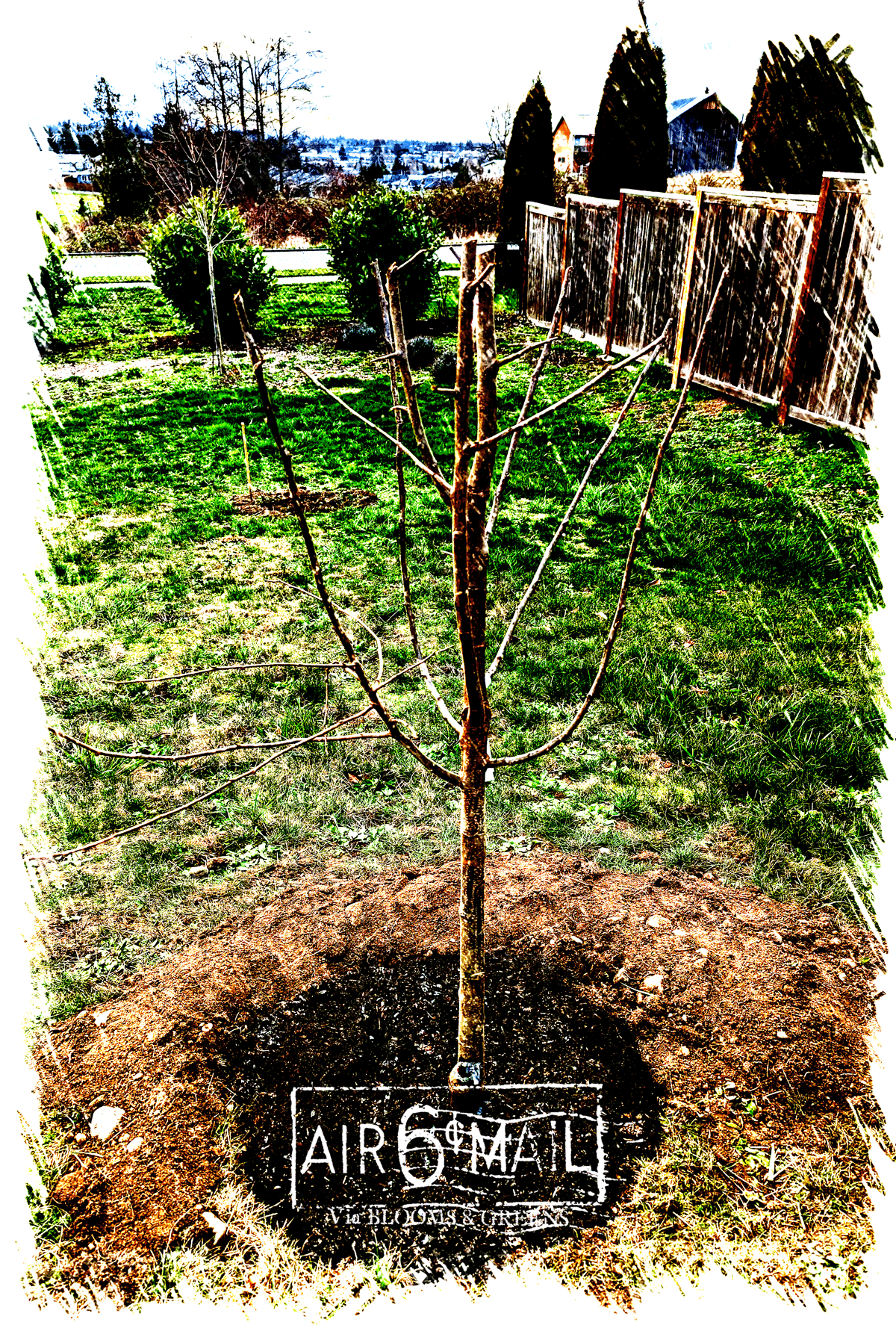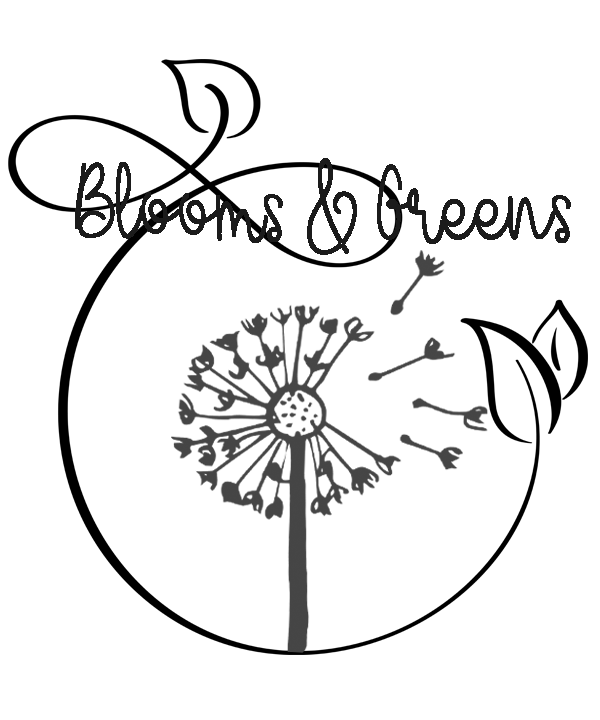a hopeful journey from roots to fruits, earth to skies

There is an old orchard in my neighborhood that has some mature apple and plum trees. I don't know how old these trees are or who planted them, but the nearby plum drying shed dates back to the 1930s. Until I tasted these plums, I never liked eating them before.
Planting plum trees in the yard has been on my to-do list for the last couple of years. Last fall, I finally found the varieties I wanted to grow from Raintree Nursery in Morton, Washington: Victoria, a self-fertile European plum, and Prune d'Ente, another self-fertile European plum popular in France.
Victoria is a semi-dwarf European plum that grows up to 12 feet tall and needs full sun. It has large, oval-shaped, pinkish-red skin with a golden-yellow, sweet flesh that is prized for its flavor and texture. It ripens in August to September and grows on Marianna 2624 rootstock. "In late August of each year, trees in English gardens overflow with these incredibly productive, colorful large oval pink plums. The flesh is a golden yellow and sweet. It is self-fertile, freestone, and prized for canning and jam. A seedling found in Sussex in 1840, it is England’s most widely planted plum."
Prune d'Ente 707 is a European Plum that grows up to 12 feet tall and needs full sun. It is highly valued for its large, sweet fruit with violet-red skin and yellow flesh. It ripens in September and grows on St. Julian A rootstock. "[T]his French 'Agen' prune plum is highly prized in France for its large, very sweet fruit with violet-red skin and yellow flesh. Outstanding eaten fresh or dried, stewed or made into jams, the fruit matures in early September in France." There is an interesting read here (PDF) on the d'Ente plum.
These trees typically ship bare roots in February. I was pleasantly surprised to see that they were larger than what I expected. Due to the soil here, digging can be a really great chore. But digging in winter is a lot easier than doing it at any other season. Both of them finally went into the ground yesterday.

I wanted these trees as memorial trees for the two cats who were with us during our traveling years. The Victoria was planted for our Turkish cat, Herodotus, a charmed companion from 1998 until she passed away after a sudden illness in Cyprus in 2007. The Prune d'Ente was planted for our other Turkish cat, Strabo, a loving and faithful companion from 1998 until she passed away in 2014 in Seattle. These trees will be their permanent resting place.
It is likely that we won't see these trees fruit for 3-4 years; there's no hurrying trees, after all. They take their time to root, to grow, to flower, and to fruit. But I'm happy to have these trees here... to care for them and to wait until they're ready to throw up their bountiful arms to the skies.

Member discussion